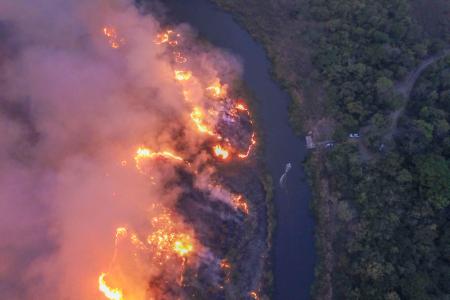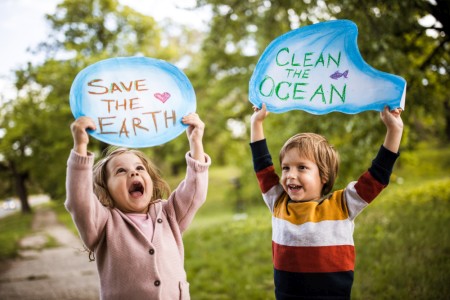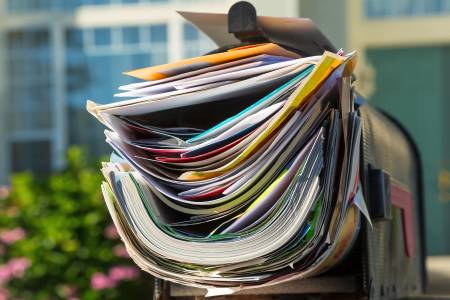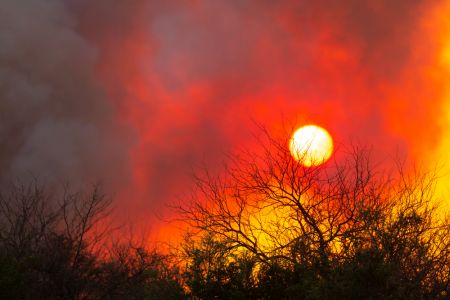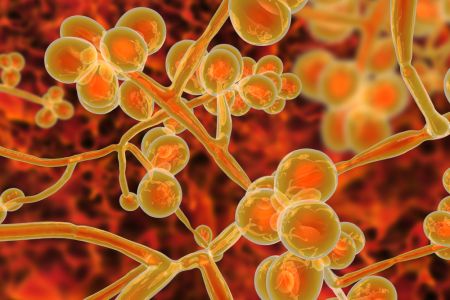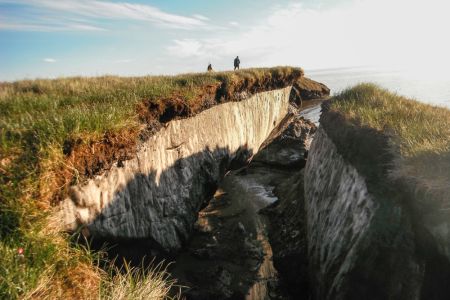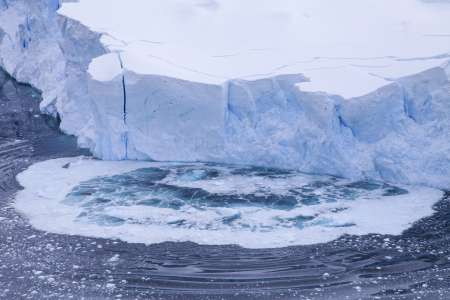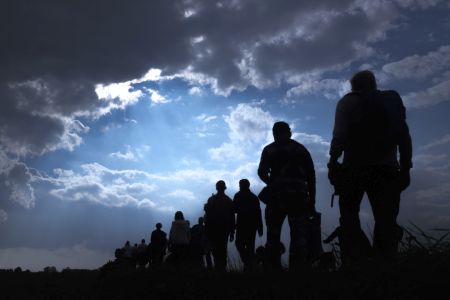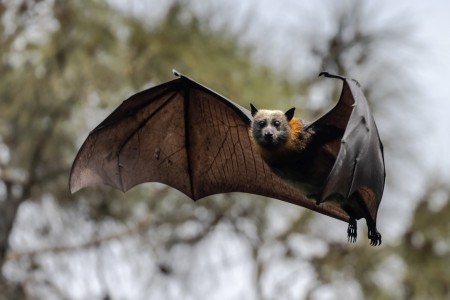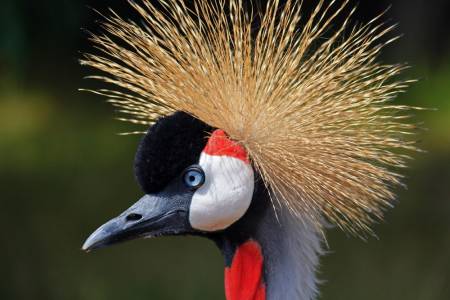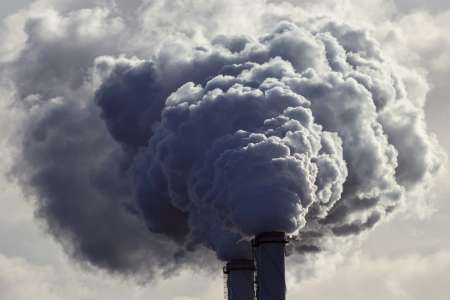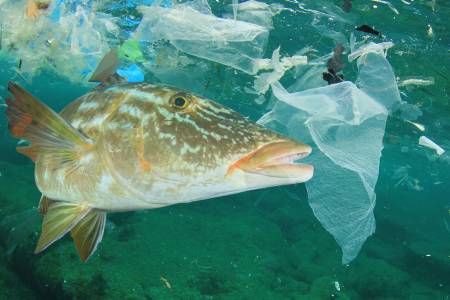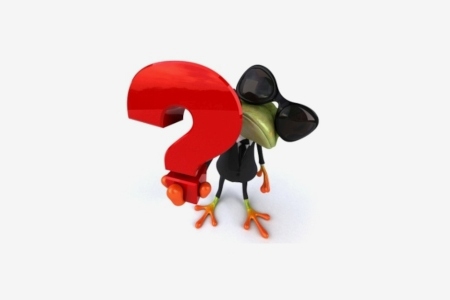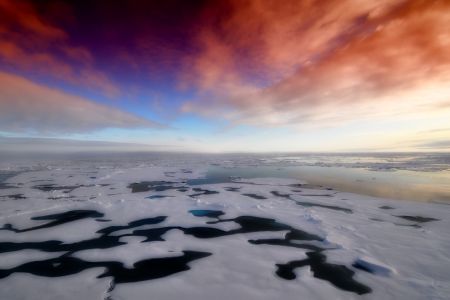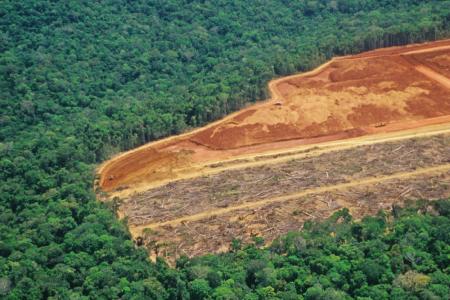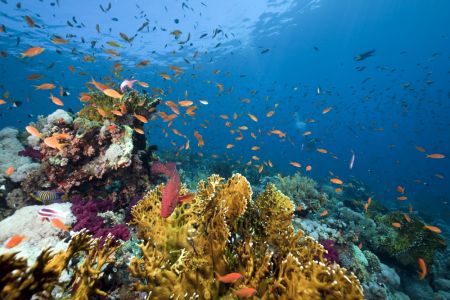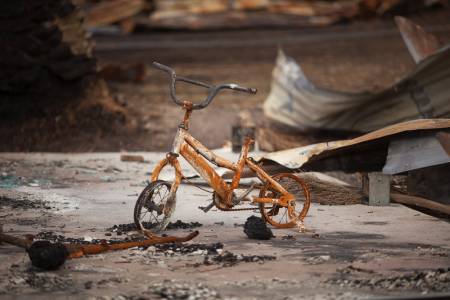Planet-Wide Devastation Is Destroying Our Planet
No place on Earth is safe from the massive devastation we are causing. Our actions are destroying the very things we need to survive and we must find ways to live in harmony with the planet and other species.
06/17/2024
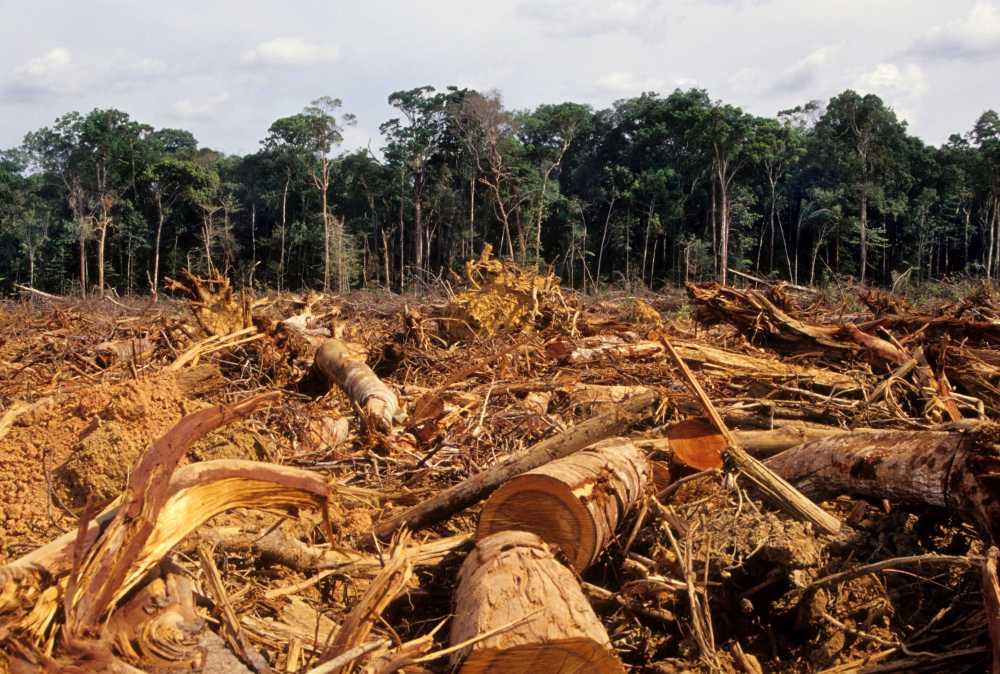
When Did We Take a Wrong Turn
As environmental concerns gained attention, the term ecological devastation first emerged in limited use during the 1960s-1970s. Since then, it has increasingly entered our daily vocabulary – a stark reminder of our planet’s declining environmental health. Stemming from diverse causes like resource depletion, habitat destruction, biodiversity loss, and rampant pollution, it signals the terrible deterioration of the environment. The impacts are not abstract notions confined to faraway places; they are tangible, disastrous consequences for human societies and nature.
Our Planet Is in Peril
Humanity has set in motion devastating changes to the ecology of the Earth through greenhouse gas emissions, resource extraction, deforestation, pollution, and unsustainable economic policies. We are now at a crossroads – take bold action to change course, or continue business as usual at our peril. At the heart of this devastation is the role humans play in altering the natural balance and the window for meaningful changes is rapidly closing.
Are the Threats All a Bunch of Nonsense?
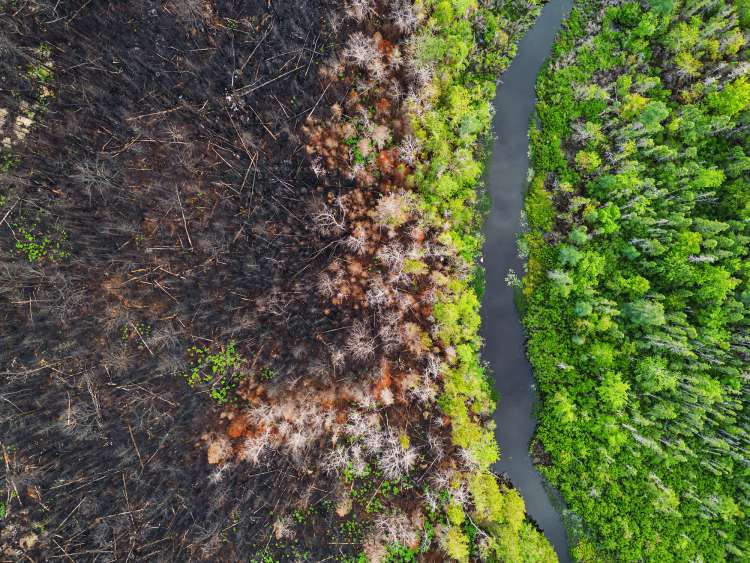
iStock.com/Shaunl
The scientific evidence of humanity’s destruction of the environment is overwhelming. The Intergovernmental Panel on Climate Change (IPCC) warns “Unless there are immediate, rapid, and large-scale reductions in greenhouse gas emissions, limiting warming to close to 1.5°C (1.5 degrees Celsius) or even 2°C will be beyond reach.” Many scientists have interpreted this to mean “actions by 2030”. The Living Planet Report 2022 tracks populations of many species —” This flagship WWF publication reveals an average decline of 69% in species populations since 1970.” The world in 2019 was also put on notice in the United Nations Intergovernmental Science-Policy Platform on Biodiversity and Ecosystem Services (IPBES) report stating, “The Report finds that around 1 million animal and plant species are now threatened with extinction, many within decades, more than ever before in human history.” They further state, “The culprits creating this crisis are, in descending order: (1) changes in land and sea use; (2) direct exploitation of organisms; (3) climate change; (4) pollution, and (5) invasive alien species”.
Humanity, while coming up with goals that can help, has in the main chosen to ignore evidence that the planet is in trouble and that we need to act immediately to reverse the course we have been following. Deforestation, especially of critical tropical rainforests, continues at an alarming rate despite their roles in removing carbon dioxide from the air and slowing global warming. While oceans are heating up, becoming more acidic, and losing oxygen.
The primary driver of ecological collapse is our fossil fuel-based industrial growth economy, which has soared exponentially in the past 200 years.

What’s the Future Look Like
Our modern world has become dependent on ceaseless resource extraction and consumption far beyond what the Earth can sustain. Between 1950 and 2022, the total value of all the goods and services (GDP) went up by an amazing 1733%. A rising GDP is great as it shows we are creating more jobs and higher standards of living. Those successes have come at an immense cost to natural ecosystems. Greenhouse gas emissions from burning oil, coal, and gas alter the climate and have soared. Overfishing depletes the seas and diminishes biodiversity. Air pollution chokes our urban environments, jeopardizing our respiratory health. Plastics and microplastics are everywhere, and the Pew Charitable Trust has stated, “Without action, the annual flow of plastic into the ocean could nearly triple by 2040.” Insatiable demand for minerals, metals, timber, palm oil, and beef drives deforestation and species extinction as we feed the ever-expanding landfills.
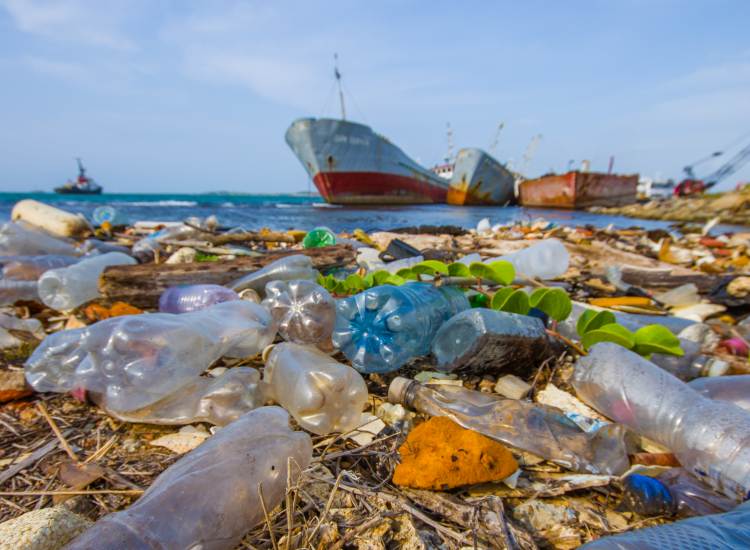
Waste and pollution washing up onto the shores of Colon, Panama. Image by Pxhidalgo/Depositphotos
We rely heavily on ecosystem services; the tangible benefits we extract or derive from the environment. The erosion or outright loss of these services can spawn far-reaching implications on health and livelihoods. Yet, we have exceeded multiple planetary boundaries which are the safety limits that ensure that Earth remains a great place for humans to live, and are destroying the very things we need to exist.
If we stay on our current course, our future and the future of almost all species on the planet will be dystopian. Climate chaos will continue to worsen bringing with it extreme weather, rising sea levels, crop failures, and infrastructure damage that destabilizes societies. Lack of access to fresh water will drive conflict. Rising seas will displace hundreds of millions of climate refugees. Deforestation and pollution will create a world of degraded landscapes unable to support thriving life.
The scale of this looming catastrophe is almost impossible to grasp, but it is happening, and it will grow far worse unless we are willing to take actions that would negate this bleak future. It is not inevitable if we act! Transitioning to an ecologically sustainable civilization is imperative, but will be hugely difficult and costly. Sacrifices in the short term, for a better future, will be needed, and this requires completely rethinking how we power society, feed ourselves, produce goods, travel, and inhabit landscapes.
Eight Key Steps We Must Take

Solar panels and wind turbines produce clean energy for a sustainable and eco-friendly future. iStock.com/Pidjoe
1). Elect leaders willing to implement policies aligned with ecological sustainability. Without worldwide leaders who believe that actions are needed, and are willing to take actions to change our course, none of the following will happen. All of us can and should make individual efforts to pursue Earth-friendly policies. However, without government actions, no hope that the required changes will occur.
2). Rapidly transition from fossil fuels to 100% renewable energy for electricity, heating, and transportation. This will radically decrease our greenhouse gas emissions and slow climate change to 2.7 °C. This is not enough, but it is achievable and a start.
3). Protect our forests, which are often referred to as Earth’s lungs. A halt to deforestation and a transition to regenerative agriculture that sequesters carbon in soils is needed. Reforesting degraded areas will provide biodiversity and help defeat global climate change. The same needs for changes and support exist for many devastated marine environments where many species are being annihilated.
4). Shift away from endless wasteful consumerism to circular economic systems based on reuse and recycling, and foster a cultural shift celebrating the intrinsic value of nature and well-being over consumption.
5). Dedicate 50% of the Earth’s land and seas to nature reserves for biodiversity recovery and carbon sequestration.
6). Invest in green technology and adaptations of our infrastructure.
7). Support social justice movements; sustainability must include equity.
8). This list ends where it started by supporting politicians, organizations, and individuals who are fighting the good fight to keep your planet and mine a safe, livable, and wonderful place.
Entrenched political and economic interests benefit from the disastrous status quo and block progress. But a livable future is still attainable if people organize and push hard for systemic change. Young people are a reason for hope – climate issues are on their radar and show surging demands for action. We already have the technology and knowledge for sustainable prosperity. What’s missing is the political will, and that will be driven by public pressure.
Though the window for action is closing, it’s not shut yet. We still have time before 2030 to pull back from ecological tipping points, runaway warming, and biodiversity loss if we act decisively. The path forward requires embracing radical and costly changes to create an equitable, carbon-neutral world where humans live in balance with nature. It won’t be easy, but the alternative of continuing business-as-usual will condemn current and future generations to climate chaos and ecological catastrophes. Our lives and our children’s futures hang in the balance. This crucial decade is a turning point – by making the right choices together now, we can still build a just world that thrives within planetary boundaries. Though the hour is late, hope lies in our collective actions. Or not! Decide!

